The Magic of Moss in Your Garden: Finding Beauty in Simplicity
Sometimes, the simplest things in life can be sources of great joy and peace. Take one of nature’s most unassuming and ubiquitous plants: moss. It has been revered for its simple beauty for centuries.
Moss has appeared in the poetry of John Keats, who described “a bed of mosses and flowers to pillow thy head” and lauded in essays by Ralph Waldo Emerson and Henry David Thoreau.
The small, nonvascular plant holds a particular place of honor in Japan, where it’s a symbol of harmony, tradition, and age. Moss is even mentioned in Japan's national anthem, “Kimigayo.”
Japan’s appreciation for moss isn’t limited to the written word. For more than 1,000 years, Japanese gardeners have been creating moss gardens to express the wabi-sabi aesthetic: an appreciation for simplicity and imperfection in nature.
And this practice is growing. In recent decades, people around the world have been discovering the magic and serenity of moss gardens for themselves.
Could a moss garden be right for you?
Not only is creating a moss garden rewarding, it’s easy. Moss can thrive in shade or partial sun, on compacted soil, and even in poor conditions. Once it’s established, it needs minimal maintenance.
Moss is great for the environment, too. It doesn’t need fertilizer, fungicides, herbicides, or pesticides. And moss helps prevent soil erosion by forming a dense mat that binds soil together, shielding it from wind and water runoff.
Moss garden varieties
As you consider the possibility of a moss garden, keep in mind that you have more than one type to select from.
- Japanese moss gardens: Embodying wabi-sabi aesthetics, as mentioned, these gardens feature rocks, pebbles, sand, and carefully placed moss to create a miniature natural landscape.
- Enchanted fairy gardens: Miniature gardens with moss adding whimsy and magic, perfect with small houses and figurines.
- Green verticals: Ideal for small spaces, these gardens bring life to walls with moss on wire or special mats.
- Mossy path accents: Softening pathway edges or creating verdant walkways, moss integrates well with landscaping.
World of mosses

If you decide to create a moss garden, your greatest challenge might be deciding what kinds of moss to include. There are approximately 20,000 species worldwide. That said, some mosses might do better in your region than others.
Here’s a closer look at some of the options available from nurseries or online retailers.
- Sphagnum moss: Known for its water retention abilities, sphagnum moss is often used in bog gardens and for lining hanging baskets. It likes cool, damp environments and is common in the Northeastern U.S. and Pacific Northwest.
- Sheet moss (Hypnum): This moss forms lush, green carpets and is often used as ground cover. It's resilient and can handle some foot traffic. Because sheet moss is adaptable to a wide range of climates, it’s found throughout the U.S.
- Hair cap moss (Polytrichum): With its tall, upright growth, hair cap moss provides a striking texture to gardens. It prefers acidic soil. Hair cap moss does well in many U.S. regions, including the Northeast and parts of the Midwest.
- Rock cap moss (Dicranum): As its name suggests, this type of moss prefers to grow on rocks. It's known for its lush, deep green appearance. Rock cap moss is common in forested areas throughout the U.S.
- Cushion moss (Leucobryum): This moss, which prefers sandy soils, forms cushiony mounds—just like its name says. Cushion moss prefers sandy soils, and it’s found across the Eastern U.S.
- Fern moss (Thuidium): Resembling tiny ferns, this moss has a delicate and intricate structure. It spreads easily and can cover large areas. It’s also adaptable to a wide range of climates and common in both the Northeast and Southeast U.S.
As you consider mosses to grow, you’ll also need to think about where you want your moss garden.
Finding the right location
Creating the perfect spot will be all about mimicking the natural conditions where moss thrives.
First of all, because moss doesn’t do well under direct sunlight, you’ll need a location that’s consistently shady, possibly under trees or on the north side of buildings.
Moss also loves moisture, so look for a naturally damp area. This could be near a water feature, in a low spot where water collects, or on the side of a slope that catches runoff. Plan to have a water source nearby (like a hose or watering can) so you can add moisture as needed.
As for your garden’s soil, mosses prefer acidic soil with a pH between 5.0 and 6.0.
You also could plan to grow your moss on compact soil or rocks, or you can create your moss garden in containers, including pots, planters, or terrariums.
Once you have selected the ideal spot, prepare it by removing weeds and debris and making sure your soil conditions are right. Then you’ll be ready to start your moss garden.
How to grow and care for moss
Start by giving your moss a comfy bed: a layer of moist, sphagnum peat moss. Place the moss you want to grow in your garden on top of the peat moss, pressing it gently into place.
Water the moss thoroughly.
Once your moss garden is established, the main thing you’ll need to do to care for it is to water your moss regularly, especially during hot weather. You can mist the moss daily or soak it thoroughly every few days, depending on your climate.
Additional tips
- You can use hardscaping elements like rocks and logs to create different levels and add visual interest to your moss garden.
- For a pop of color, consider incorporating small shade-loving plants like ferns or bromeliads alongside your moss.
Remember, moss gardens are meant to evolve over time. Don't be afraid to experiment and let your creativity flow.






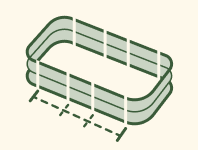
























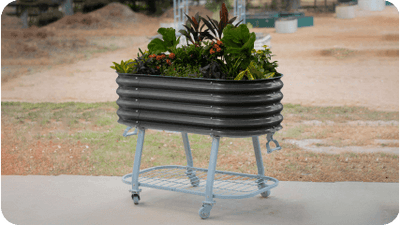








































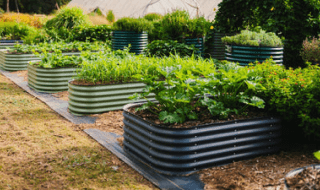
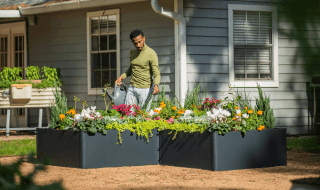
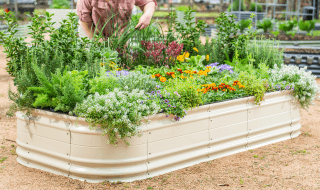
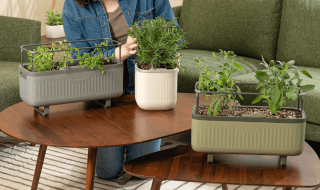
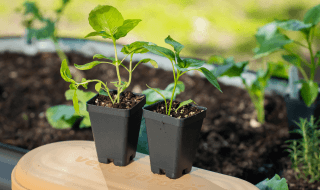
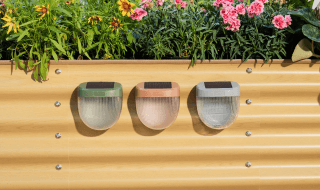
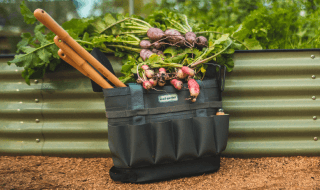
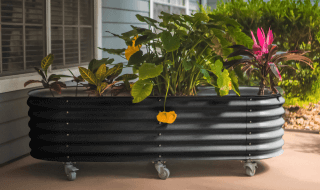







Leave a comment